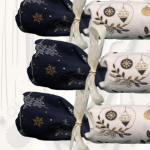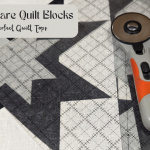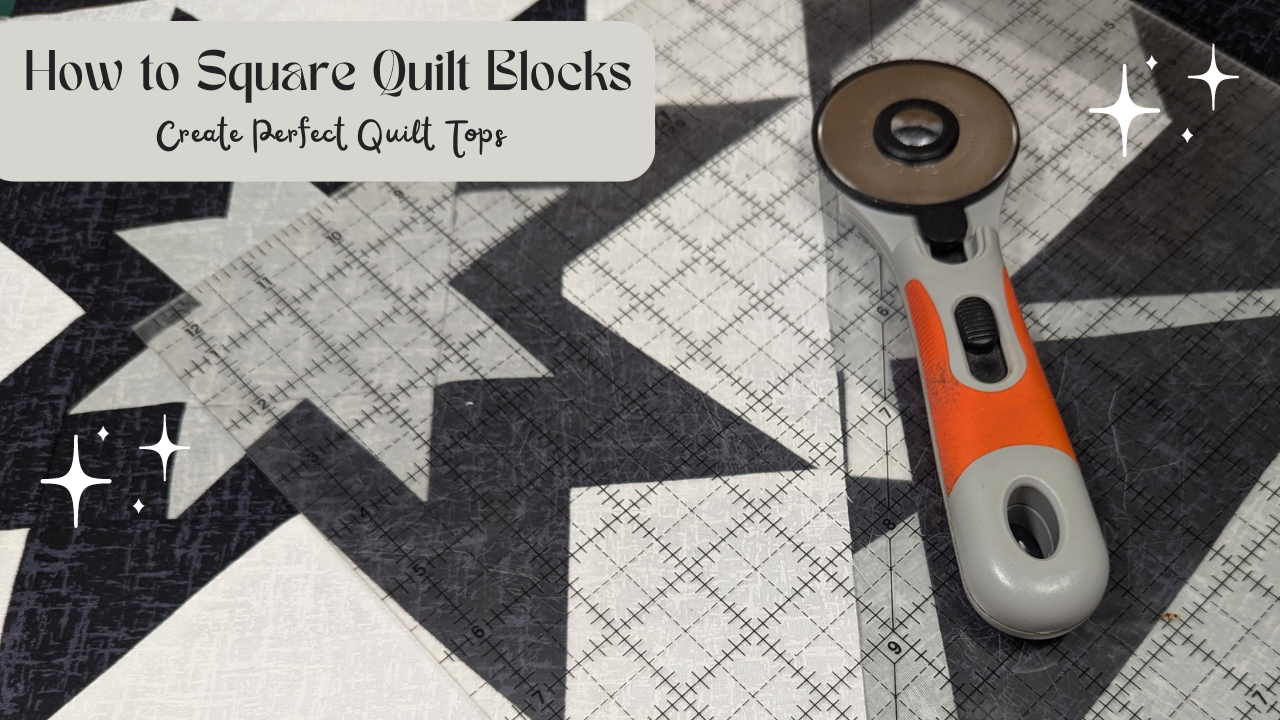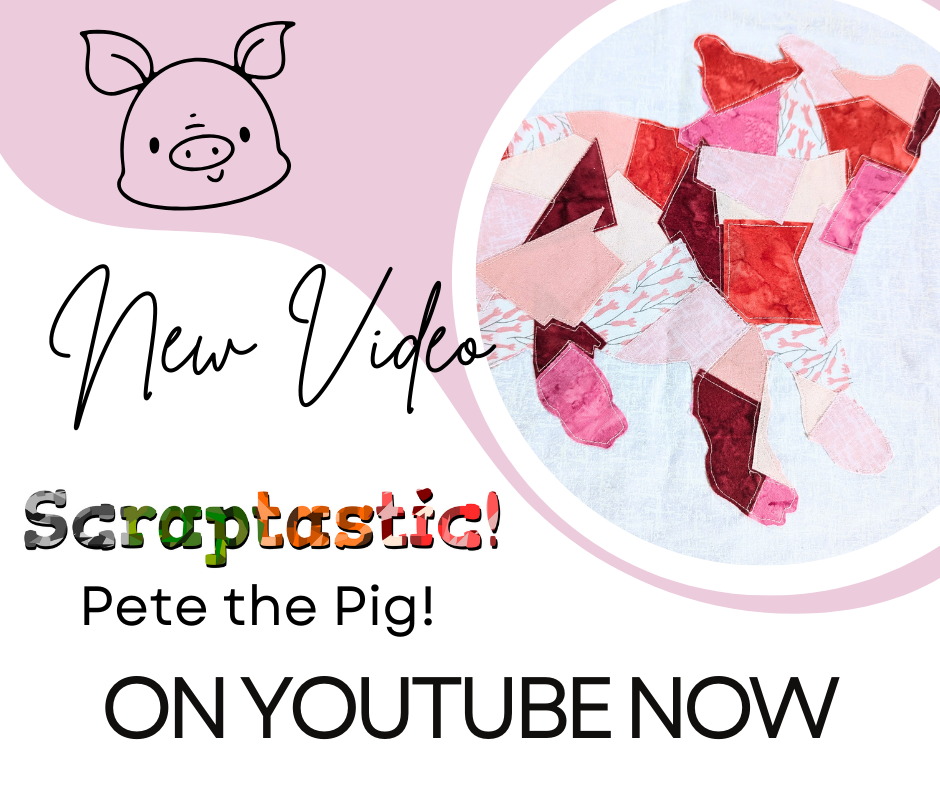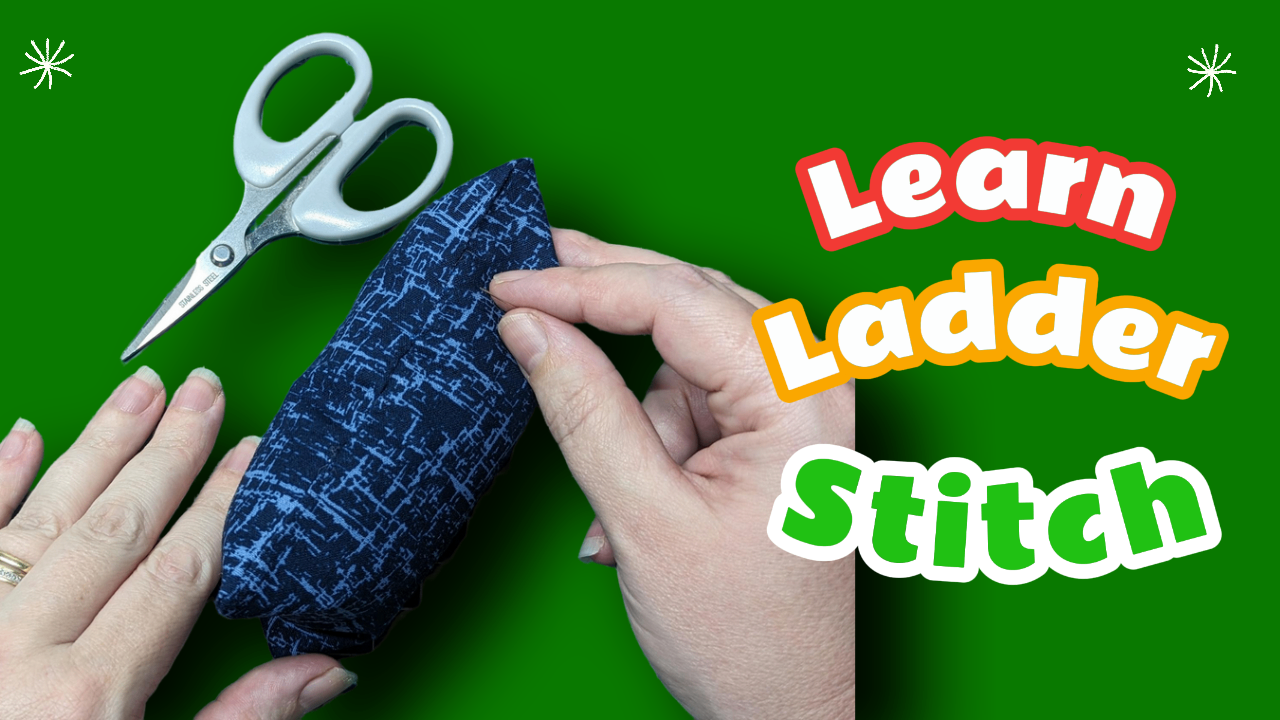Well, as the weather outside is so bad here in Derbyshire, I can’t get in to work! Whilst it’s always nice to get an unexpected day off, it means work in the office is building up. Only one thing for it when I have no access to products – Blog post.
In today’s post, I want to talk a little about quilts, or rather sizing them. Most people have no clue how many jelly rolls / fat quarters they’ll need to create a quilt and so either over-buy (nothing wrong with increasing your stash), or under-buy (and risk the bundles being slightly different to the ones already sewn up)!
We’ve a new addition to the family on hubby’s side imminent and whilst I’m more than happy to go out and spend money on the little one, I’m also wanting to give something a little more personal. As I’ve made these quilts before and I’m quickly running out of time, I figured a crib quilt is the best way to go!
I’m using fat quarters (FQ) for the quilt, and there is a very simple way to work out how many strips I need, as I know the length and width of the quilt I’ll be going for and exactly how big each FQ is. If you’re using jelly rolls, the same calculations apply, you just don’t need to worry about sizing the FQ and cutting strips from it.
So… let’s start with the FQ measurements. Mine are 40cm x 50cm – the patterns on them don’t need to be oriented in any particular way, which makes this easier. If yours does, you’ll need to make sure to use the correct orientation when measuring.
The quilt I’m making is to be crib sized, so around 28 inches wide and 52 inches long. First I need to change the FQ measurements into inches – 15 inches (rounded down slightly) x 19 inches (again, rounded down slightly).
Each strip needs to be 2.5 inches wide so that when it’s sewn together, you’re left with 2 inch strips. You lose half an inch due to the seam allowances on each side (¼ inch).
width of FQ / width we want each strip to be = How many strips we’ll get from a FQ.
15 / 2.5 = 6 strips from each FQ.
Ok, moving on. The length needs to be divided by the “finished” width of the strips (2”).
52 / 2 = 26.
Now multiply the 26 by the width of your finished quilt (28).
26 x 28 = 728 (don’t freak out – you don’t need 728 strips!)
Now divide the figure you just worked out (728) by length of each strip (15).
728 / 15 = 48.5
To create the crib sized quilt I’ll need 48.5 strips (49 makes more sense!)
The calculation, then:
[(Length of finished quilt/2) x Width of Finished quilt] / Width of each strip = number of strips you’ll need.
So how many FQ’s, you ask? Simple. 49 strips required, divided by the 6 we will get from each FQ is 8.1 (given the rounding of the strips length and width, this can also be rounded (down) to 8 without issue).
Quilt sizes
There is no “correct” size for homemade quilts. They can (and should be!) made to suit the person they’re being made for. However, as a rough guide, we’ve put together the following list. All sizes are in inches.
- Baby: 30 x 40
- Crib: 28 x 52 (often sized bigger to allow for overhanging in the crib (36 x 52)
- Throw: 50 x 65
- Single bed: 70 x 90
- Double: 85 x 108
- Queen: 90 x 108
- King: 110 x 108
- Super King: 120 x 108
I’ve come to the end of the post and I’m still waiting for the snow to stop falling, so I guess creating a quick list for you based on the above quilt sizes isn’t such a bad idea. Do bare in mind these calculations are based on FQ’s measuring the same as the above. All the FQ’s we sell are the same size 😉 and can be viewed here.
- Baby: [(40/2) x 30] / 15 = 40 strips.
- Crib: [(52/2) x 28] / 15 = 49
- Throw: [(65/2) x 50] / 15 = 109
- Single bed: [(70/2) x 90] / 15 = 210
- Double: [(85/2) x 108] / 15 = 306
- Queen: [(90/2) x 108] / 15 = 324
- King: [(110/2) x 108] / 15 = 396
- Super King: [(120/2) x 108] / 15 = 432
I’ve used the race quilt method to create a quilt before, which can be seen here on the blog. However, as with this one, I didn’t purchase an expensive jelly roll, I just used FQ’s to create my own. It adds to the time it takes to complete, but you’re not limited to the jelly rolls available and to be honest, it doesn’t really add that much time onto the project. Especially if you’re home with nothing to do because the weather has taken a nasty turn and you CAN’T GET TO WORK!!!!! 😉


